“If you always do what you’ve always done, you will always get what you’ve always got” - Henry Ford.
It might sound obvious, but the reality is that unless you step back and question; what you are breeding, why you are breeding it and how you are breeding it, “you will always get what you’ve always got”. The phrase ‘if it ain’t broke, don’t fix it’ might come to mind, but this kind of mindset has no place in breeding and in producing horses of the highest international standards.
During the 1960s and 1970s Ireland produced some of the best show jumpers in the world, but more recently foreign studbooks have been making significant progress in breeding and production, and the WBFSH rankings of Irish show jumpers have declined. Irish horses have been able to maintain their position at the top of the WBFSH eventing rankings, which is a credit to the breeders of the horses contributing to this standing, but we must learn from past experiences and put detailed breeding policies in place to ensure that we maintain that position in the future.
PROGRESS
The ultimate aim for Irish Sport Horse breeding, as stated in the Reaching New Heights report, is “to have a sport horse sector utilising the most sophisticated science and skills to breed and produce horses of the highest international standards” by 2025.
Huge strides have been made in Ireland in recent years. In 2005, the use of artificial insemination (AI) in Ireland was significantly lower than in other European countries, with 16% of Irish Sport Horse foals born being bred by AI compared with between 70% and 100% in other European sport horse breeds. However, by 2016 that picture had changed considerably. Irish breeders were surveyed last year and it was found that 42% covered their mares through AI, according to the latest UCD report titled The Contribution of the Sport Horse Industry to the Irish Economy 2017.
I fully encourage breeders to have an open mind when it comes to science and technology and to embrace and use it to their advantage wherever possible
The report also showed that the sport horse breeding sector in Ireland accounts for a total expenditure of €271m within the economy and there are 14,830 active breeders in the sport horse sector. The breeding sector is the driver of the sport horse industry in terms of employment – employing 42% of the 14,057 full-time job equivalents.
A further positive is that Ireland is a leader in terms of equine scientific and technological advancement, with the likes of Dr Barbara Anne Murphy discovering that light can influence performance and reproductive efficiency in horses. Murphy subsequently developed the Equilume Light Mask, which is capable of inducing early reproductive cycles in mares while permitting outdoor maintenance in their natural environment.
EMBRACING TECHNOLOGY
Another Irish academic, Professor Emmeline Hill co-founded Equinome Ltd and has published more scientific papers on equine exercise genomics than any other researcher worldwide. Plusvital acquired Equinome and now provides tests which analyse the DNA of horses. At last year’s Dublin Horse Show it was announced that Plusvital, in collaboration with TIHA and Horse Sport Ireland will investigate the unique genetic properties of the Traditional Irish Horse to determine the ancestral influences at the DNA level, which may be useful in situations where pedigree is not always available.
I fully encourage breeders to have an open mind when it comes to science and technology and to embrace and use it to their advantage wherever possible. The beginning of the breeding season is the perfect time for any breeder to ask questions and seek answers.
I hope you, as breeders, find this publication helpful and I wish you every success for the 2018 breeding season.




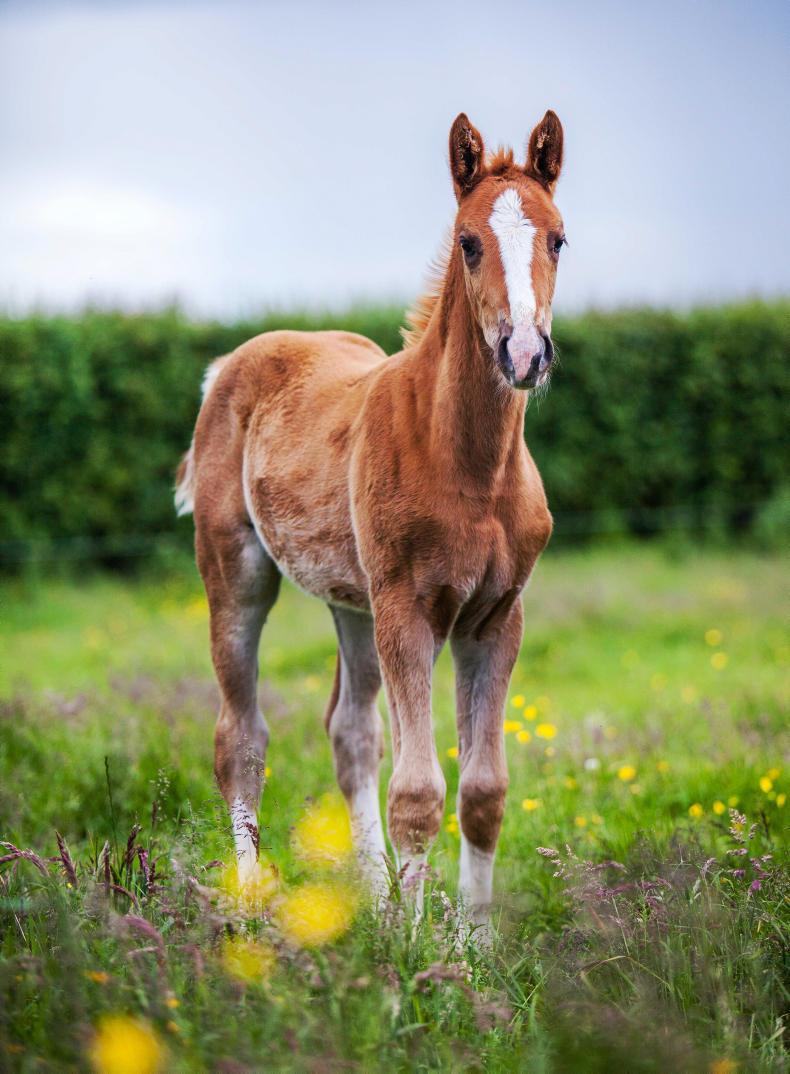
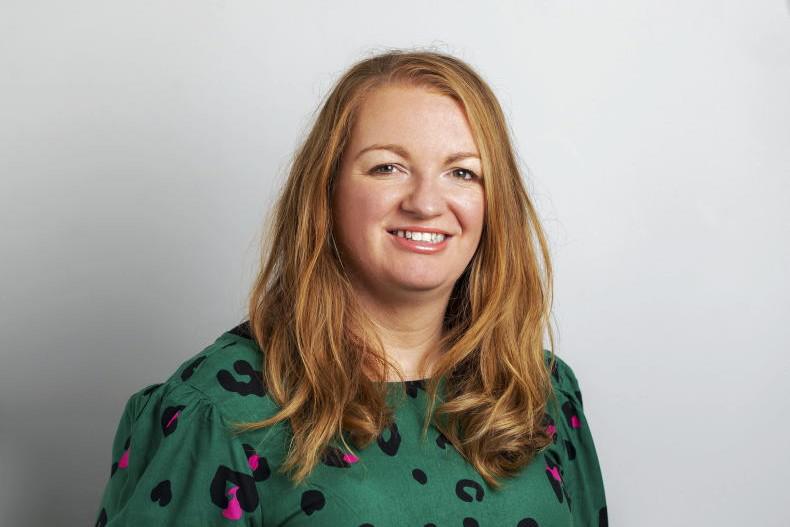
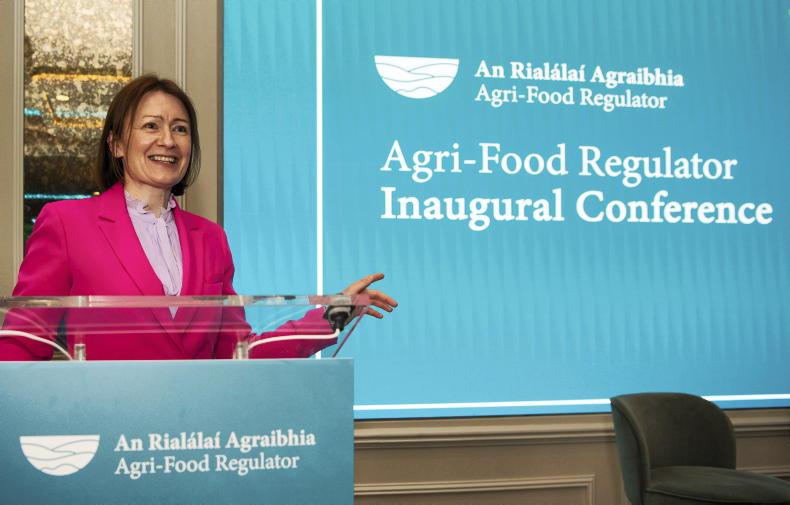
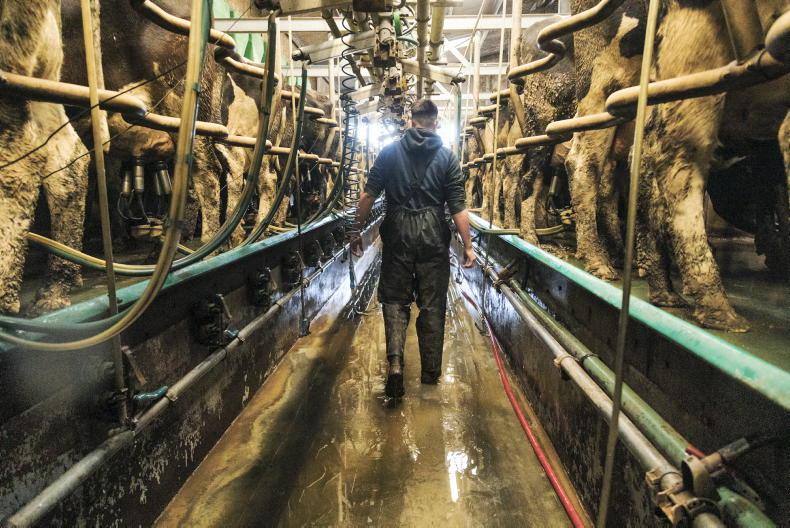
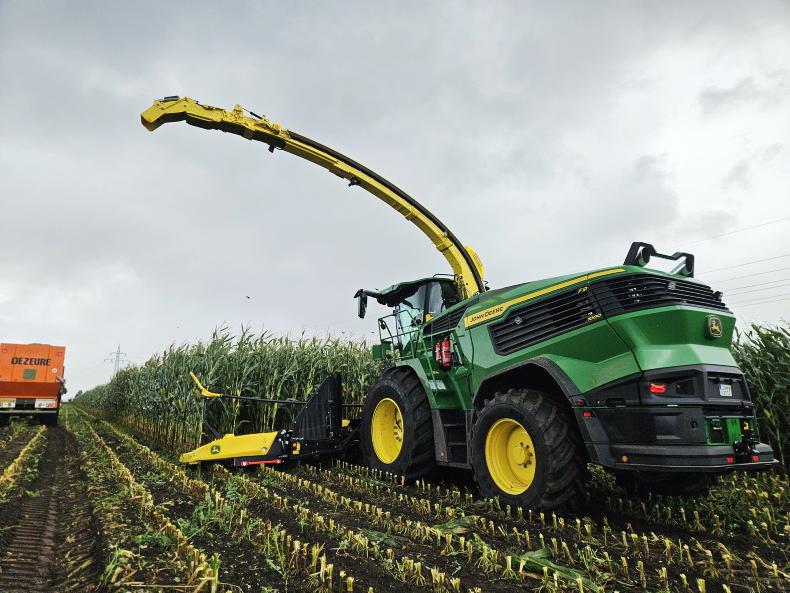
SHARING OPTIONS